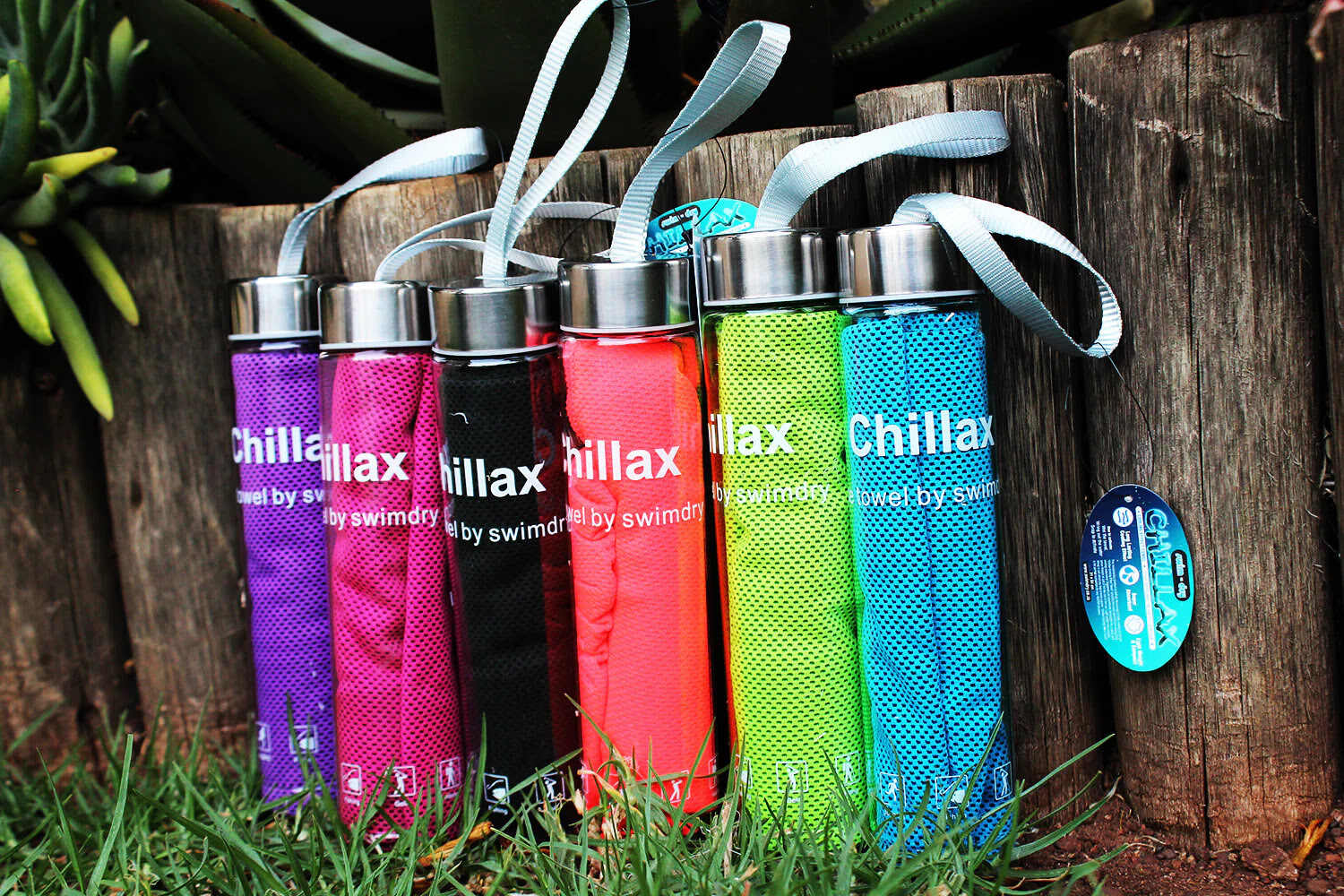

Articles
How To Store Cooling Towels
Modified: February 26, 2024
Discover the best way to store cooling towels after use in this informative collection of articles. Find tips and tricks to keep your towels fresh and ready for your next workout or outdoor adventure.
(Many of the links in this article redirect to a specific reviewed product. Your purchase of these products through affiliate links helps to generate commission for Storables.com, at no extra cost. Learn more)
Introduction
Whether you use cooling towels for sports activities, outdoor adventures, or simply to beat the heat, proper storage is essential to ensure their longevity and effectiveness. Cooling towels are designed to provide instant relief by cooling down your body when wet and wrung out. However, if not stored correctly, they can lose their cooling properties, become moldy or develop an unpleasant odor.
In this article, we will explore the importance of proper storage for cooling towels and share some valuable tips to help you maintain their functionality and freshness. By implementing these storage techniques, you can prolong the lifespan of your cooling towels and continue to enjoy their cooling effects.
Key Takeaways:
- Proper storage of cooling towels is crucial for preserving their cooling properties, preventing odor and mold formation, and extending their lifespan. Follow specific tips to ensure cleanliness, dryness, and suitable storage conditions.
- To maintain the effectiveness of cooling towels, clean them thoroughly, ensure complete dryness, and store them in a suitable container in a cool, dry place. Avoid exposure to sunlight and heat, and follow the manufacturer’s storage instructions for optimal results.
Read more: How To Store Beach Towels
Importance of Proper Storage for Cooling Towels
Proper storage is crucial for maintaining the functionality and efficacy of your cooling towels. Here are a few reasons why it is important:
- Preserves Cooling Properties: Cooling towels work by absorbing and holding water, and when activated, they provide a cooling sensation to the skin. However, improper storage can cause the towels to lose their ability to hold water and regulate temperature effectively.
- Prevents Odor and Mold Formation: Damp environments and improper storage can result in the growth of mold and the development of unpleasant odors on the towels. This not only compromises the functionality of the towels but can also pose a health risk.
- Extends Lifespan: Proper storage ensures that your cooling towels remain in good condition for a longer period. By protecting them from damage, you can continue to enjoy the cooling benefits and avoid the need for frequent replacements.
Now that we understand the importance of proper storage for cooling towels, let’s explore some factors to consider when storing them.
Factors to Consider for Proper Storage of Cooling Towels
When it comes to storing cooling towels, there are several factors to keep in mind to ensure their longevity and effectiveness. Here are some key considerations:
- Cleanliness: Before storing your cooling towels, it is essential to clean them thoroughly. Sweat, dirt, and other impurities can accumulate on the towels, which can lead to odor and bacterial growth if not properly removed.
- Dryness: It is crucial to ensure that the towels are completely dry before storing them. Moisture left in the towels can create a breeding ground for mold and mildew, leading to unpleasant odors and potential health hazards.
- Folding or Rolling: Depending on the fabric and size of your cooling towels, you can either fold them neatly or roll them tightly for storage. This helps minimize creases and ensures efficient use of storage space.
- Storage Container: Choosing the right storage container plays a significant role in maintaining the quality of your cooling towels. An airtight container can protect the towels from external elements such as dust, humidity, and insects.
- Environmental Conditions: It is important to store your cooling towels in a cool and dry place. Optimal temperature and humidity levels can prevent mold growth and help retain the cooling properties of the towels.
- Avoiding Sunlight and Heat: Exposure to direct sunlight and excessive heat can damage the fabric and compromise the functionality of the towels. Therefore, it is best to keep them away from windows, heaters, or any other source of heat and sunlight.
- Manufacturer’s Instructions: Always refer to the manufacturer’s guidelines for specific storage instructions. Different cooling towels may have unique requirements, so it’s essential to follow the recommended guidelines for the best results.
By considering these factors and implementing the appropriate storage techniques, you can ensure that your cooling towels remain fresh, functional, and ready for use whenever you need them.
Tip 1: Clean Towels Before Storage
Before storing your cooling towels, it’s essential to clean them thoroughly. This step will help remove any dirt, sweat, or other impurities that may have accumulated on the towels, preventing the growth of bacteria or unpleasant odors.
To clean your cooling towels, follow these steps:
- Check the care instructions provided by the manufacturer. Different types of cooling towels may have specific cleaning instructions.
- If the towels are machine washable, place them in the washing machine with a gentle detergent. Use cold water and a delicate cycle to protect the fabric.
- Avoid using fabric softeners or bleach, as these can deteriorate the fabric and affect the cooling properties of the towels.
- For hand-washing, fill a basin or sink with cold water and add a small amount of mild detergent. Gently agitate the towels in the soapy water, paying attention to any stained areas.
- Rinse the towels thoroughly to remove any soap residue.
- Once clean, wring out the excess water from the towels.
- Lay the towels flat on a clean, dry surface to air dry. Avoid exposing them to direct sunlight or heat sources, as this can cause shrinkage or damage the fabric.
By ensuring that your cooling towels are clean before storage, you’ll prevent any bacteria or odor buildup. This will help to maintain the freshness and effectiveness of the towels, ensuring that they’re ready for use whenever you need them.
Tip 2: Completely Dry the Towels
One of the most important steps in storing cooling towels is ensuring that they are completely dry before storage. Moisture left in the towels can create a breeding ground for mold and mildew, leading to unpleasant odors and potential health hazards.
Here are some tips to ensure your towels are properly dried:
- After cleaning the towels, gently wring out the excess water. Avoid twisting or wringing them too forcefully, as this can damage the fabric.
- Spread the towels out on a flat surface, such as a drying rack or clean towel. Make sure they are evenly spread out to allow air circulation.
- Avoid hanging the towels in a cramped or humid area, as this can slow down the drying process and increase the risk of mold formation.
- Consider using a fan or opening windows to improve air circulation and speed up the drying process.
- Allow the towels to air dry completely before storing them. This may take a few hours or overnight, depending on the thickness and fabric of the towels.
By ensuring that your cooling towels are completely dry before storage, you’ll minimize the risk of mold and mildew formation. This will help to maintain their freshness and effectiveness, ensuring that you can continue to enjoy their cooling benefits.
Read more: How To Store Bath Towels
Tip 3: Fold or Roll the Towels Properly
Properly folding or rolling your cooling towels before storage not only helps save space but also prevents wrinkles and damage to the fabric. Here are a few tips on how to fold or roll your towels effectively:
- Folding: If your cooling towels are small and thin, folding them neatly is a suitable option. Start by folding the towel in half lengthwise, making sure the edges align. Then, fold it in half widthwise. Repeat this folding process until you have a compact, rectangular shape.
- Rolling: Rolling your cooling towels is a great option, especially for larger and thicker towels. Start by laying the towel flat and tightly roll it from one end to the other. Make sure to roll it as tightly as possible to minimize creases and save space.
- Elastic Bands or Clips: You may consider using elastic bands or clips to secure the folded or rolled towels. This will help keep them tightly packed and prevent them from unraveling or getting unfolded during storage.
By properly folding or rolling your cooling towels, you can maximize storage space and maintain their neat appearance. This will also make it easier to retrieve them when needed without having to search through a messy pile of towels.
Remember to label the folded or rolled towels if you have multiple towels of different colors or sizes. This will help you quickly identify the towel you need without having to unfold or unroll all of them.
Implementing these folding or rolling techniques will ensure that your cooling towels remain organized, easily accessible, and in good condition for future use.
After using a cooling towel, rinse it thoroughly with water and wring out excess moisture. Then, fold it and store it in a resealable plastic bag to keep it moist and ready for the next use.
Tip 4: Choose the Right Storage Container
Choosing the right storage container for your cooling towels is crucial for protecting them from external elements and maintaining their functionality. Here are some factors to consider when selecting a storage container:
- Airtightness: Opt for a container that is airtight or has a secure lid. This will prevent dust, moisture, and insects from entering the container and coming into contact with the towels.
- Size: Choose a container that is spacious enough to accommodate your folded or rolled towels comfortably. However, avoid selecting a container that is too large, as it may result in the towels shifting and becoming disorganized.
- Material: Look for a storage container made of durable, moisture-resistant material. Plastic containers or bins with a tight-fitting lid are often a good choice, as they are lightweight, easy to clean, and provide adequate protection.
- Transparency: Consider using a transparent or semi-transparent container. This will allow you to easily identify the towels inside without having to open the container and disturb the neatly folded or rolled towels.
- Stackability: If you have limited storage space, choose containers that are stackable. This will help maximize vertical space and keep your storage area organized.
Before storing your cooling towels in the container, ensure that they are completely dry. Any residual moisture can lead to mold or unpleasant odors.
Remember to label the storage container, especially if you have multiple containers or different types of cooling towels. Clear labels will help you quickly identify the container containing the towels you need.
By selecting the right storage container, you can protect your cooling towels from damage, maintain their freshness, and easily access them whenever you want to enjoy their cooling benefits.
Tip 5: Store in a Cool and Dry Place
When it comes to storing your cooling towels, the environment in which they are stored is crucial. It is important to choose a cool and dry location to ensure the towels remain in optimal condition. Here are some key factors to consider:
- Avoid Humidity: Moisture is the enemy when it comes to storing cooling towels. High humidity can promote the growth of mold and mildew, leading to unpleasant odors and potential damage to the towels. Choose a storage area that is well-ventilated and has low humidity levels.
- Avoid Heat: Excessive heat can also be detrimental to the quality of your cooling towels. Heat can affect the fabric and compromise the effectiveness of the towels. Avoid storing them near sources of heat, such as radiators, heaters, or direct sunlight.
- Temperature Control: Aim to store your cooling towels in an area with a stable temperature. Extreme temperature fluctuations can cause the fabric to expand and contract, potentially leading to damage over time.
- Avoid Storage in the Bathroom: While it may be tempting to store your towels in the bathroom due to its proximity to water, it is generally not the ideal location. Bathrooms tend to have higher humidity levels, which can promote mold growth and affect the quality of the towels.
- Consider a Closet or Drawer: If available, a cool and dry closet or drawer can be an excellent choice for storing your cooling towels. Make sure the area is clean and free from any moisture or odors that could transfer onto the towels.
By storing your cooling towels in a cool and dry place, you can maintain their freshness and quality. This will ensure that they are ready for use whenever you need them, providing you with the maximum cooling effect.
Tip 6: Avoid Exposure to Direct Sunlight or Heat
Protecting your cooling towels from exposure to direct sunlight and heat is essential for maintaining their quality and effectiveness. Here’s why you should avoid exposing your towels to these elements and how to do so:
- Preserve Fabric Integrity: Direct sunlight and heat can cause the fabric of your cooling towels to deteriorate over time. The UV rays from the sun can fade the colors and weaken the fibers, reducing the overall lifespan of the towels.
- Protect Cooling Properties: Cooling towels are designed to provide relief by regulating body temperature. Exposing them to heat can diminish their ability to cool effectively. High temperatures can cause the towels to lose their moisture-absorbing capabilities, making them less effective in providing the desired cooling effect.
- Prevent Damage and Odors: Heat and sunlight can also lead to the growth of bacteria and mold on the towels, resulting in unpleasant odors and potential health risks. By avoiding exposure to these elements, you can minimize the risk of these issues occurring.
To protect your cooling towels from sunlight and heat:
- Store your towels in a location that is away from windows or any direct sources of sunlight.
- Avoid storing the towels near heaters, radiators, or any other heat-emitting appliances.
- If using a storage container, place it in a shaded area or cover it with a cloth or towel to provide additional protection.
- If you’re using outdoor storage, opt for a location that is shaded and protected from direct sunlight.
- Ensure that the storage area maintains a cool and consistent temperature.
By taking these precautions and avoiding exposure to direct sunlight and heat, you can prolong the lifespan and effectiveness of your cooling towels, ensuring they retain their cooling properties for longer periods.
Read more: How To Store Microfiber Towels
Tip 7: Follow Manufacturer’s Instructions for Storage
When it comes to storing your cooling towels, it is essential to follow the manufacturer’s instructions for optimal storage. Each brand may have specific guidelines that are tailored to the fabric, design, and intended use of their cooling towels. Here’s why it’s important to adhere to these instructions:
- Preserve Warranty and Quality: Following the manufacturer’s storage instructions ensures that you comply with the warranty terms. It also helps maintain the quality and functionality of the cooling towels, as the manufacturer’s instructions are typically designed to maximize their performance.
- Specific Product Considerations: Different cooling towels may have unique characteristics that require specific storage considerations. For example, some towels may require specific folding techniques, while others may recommend certain temperature or humidity conditions for storage.
- Specialized Fabrics or Technologies: Certain cooling towels may be made from specialized fabrics or incorporate advanced cooling technologies. The manufacturer’s instructions can provide specific guidance on how to store these towels to preserve their unique qualities.
- Additional Care Requirements: The manufacturer’s storage instructions may include additional care recommendations, such as avoiding contact with certain chemicals or advising against storing the towels with other types of fabrics or materials.
When you purchase cooling towels, carefully read and retain the product packaging or instruction manual. Pay close attention to any specific instructions or recommendations provided by the manufacturer regarding storage.
If you no longer have access to the original instructions or packaging, consider visiting the manufacturer’s website or contacting their customer support for guidance on proper storage.
By following the manufacturer’s instructions for storage, you can ensure that your cooling towels remain in optimal condition, maintain their effectiveness, and have an extended lifespan.
Conclusion
Proper storage of your cooling towels is essential for maintaining their functionality, longevity, and effectiveness. By following the tips outlined in this article, you can ensure that your cooling towels remain fresh, odor-free, and ready for use whenever you need them.
Always start by cleaning your towels before storage to remove any sweat, dirt, or impurities. Ensure that the towels are completely dry to prevent the growth of mold and mildew. Fold or roll the towels properly to save space and avoid wrinkles. Select a suitable storage container that is airtight, and choose a cool and dry location to store your towels.
Avoid exposing your towels to direct sunlight and excessive heat, as these can deteriorate the fabric and compromise the cooling properties. Also, be sure to follow the manufacturer’s instructions for storage, as they may provide specific guidelines tailored to the towels’ unique characteristics.
Proper storage practices not only help prolong the lifespan of your cooling towels but also ensure that they are ready to provide the refreshing and cooling benefits whenever you need them. By taking care of your cooling towels, you can continue to enjoy their cooling effects for a long time to come.
Frequently Asked Questions about How To Store Cooling Towels
Was this page helpful?
At Storables.com, we guarantee accurate and reliable information. Our content, validated by Expert Board Contributors, is crafted following stringent Editorial Policies. We're committed to providing you with well-researched, expert-backed insights for all your informational needs.
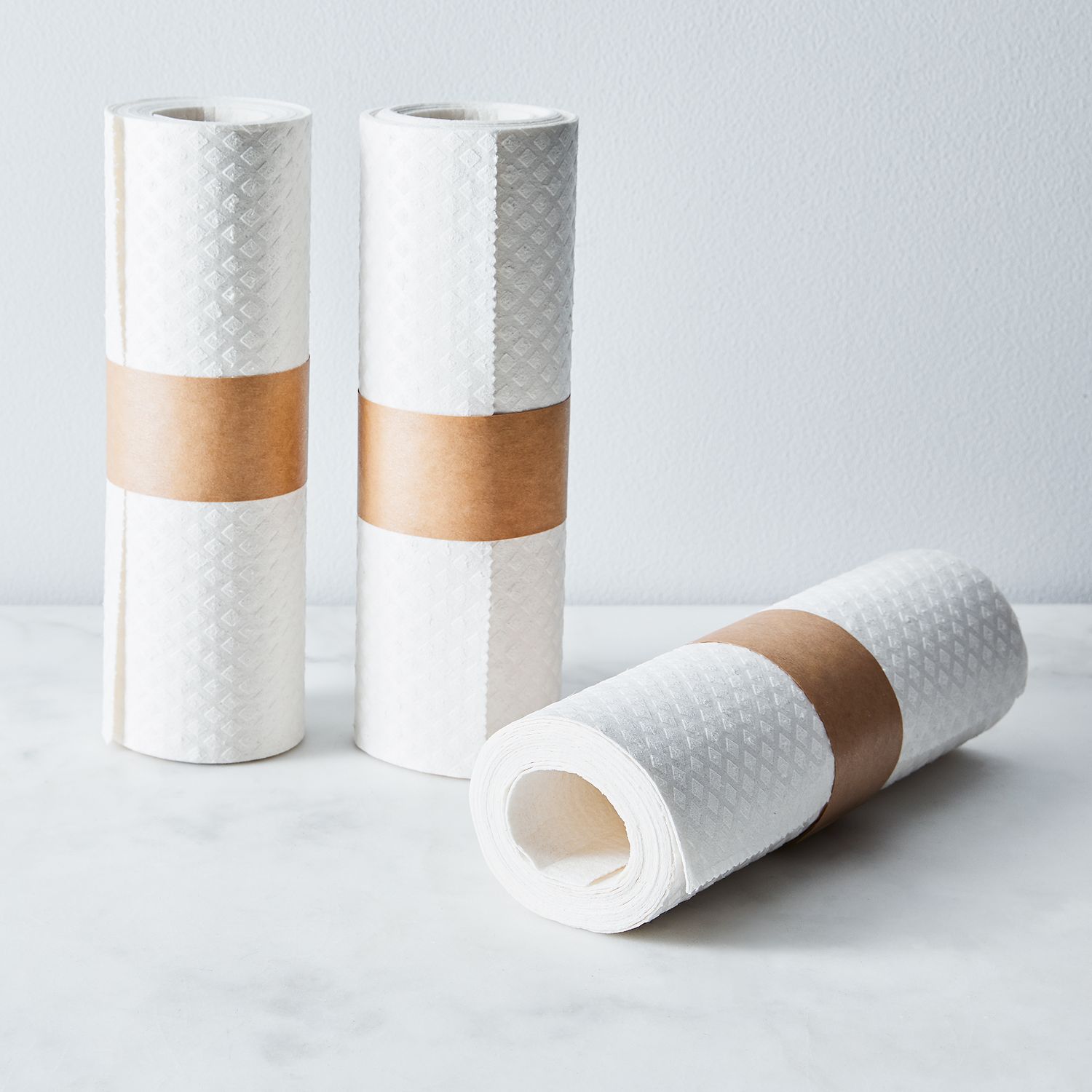
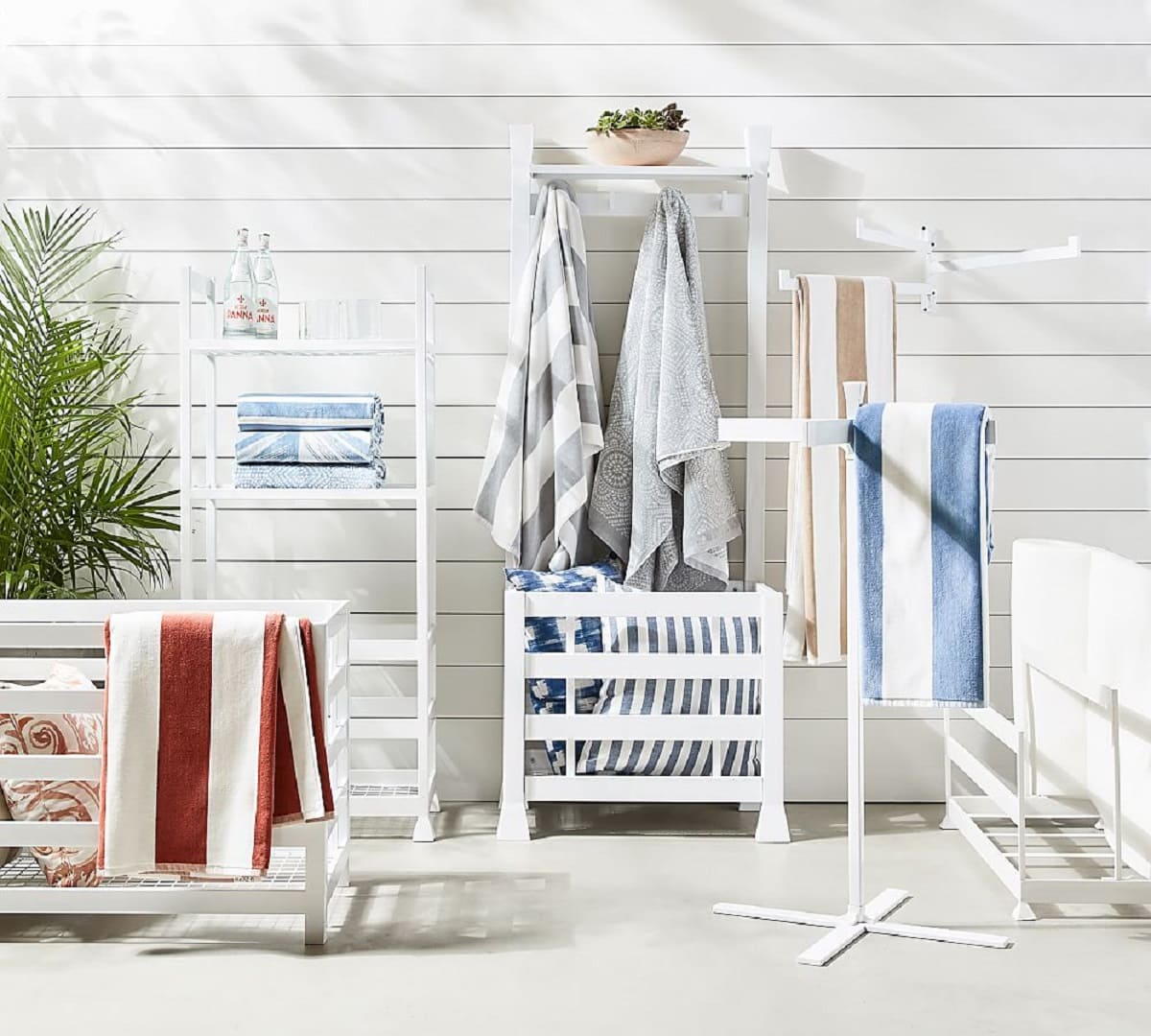

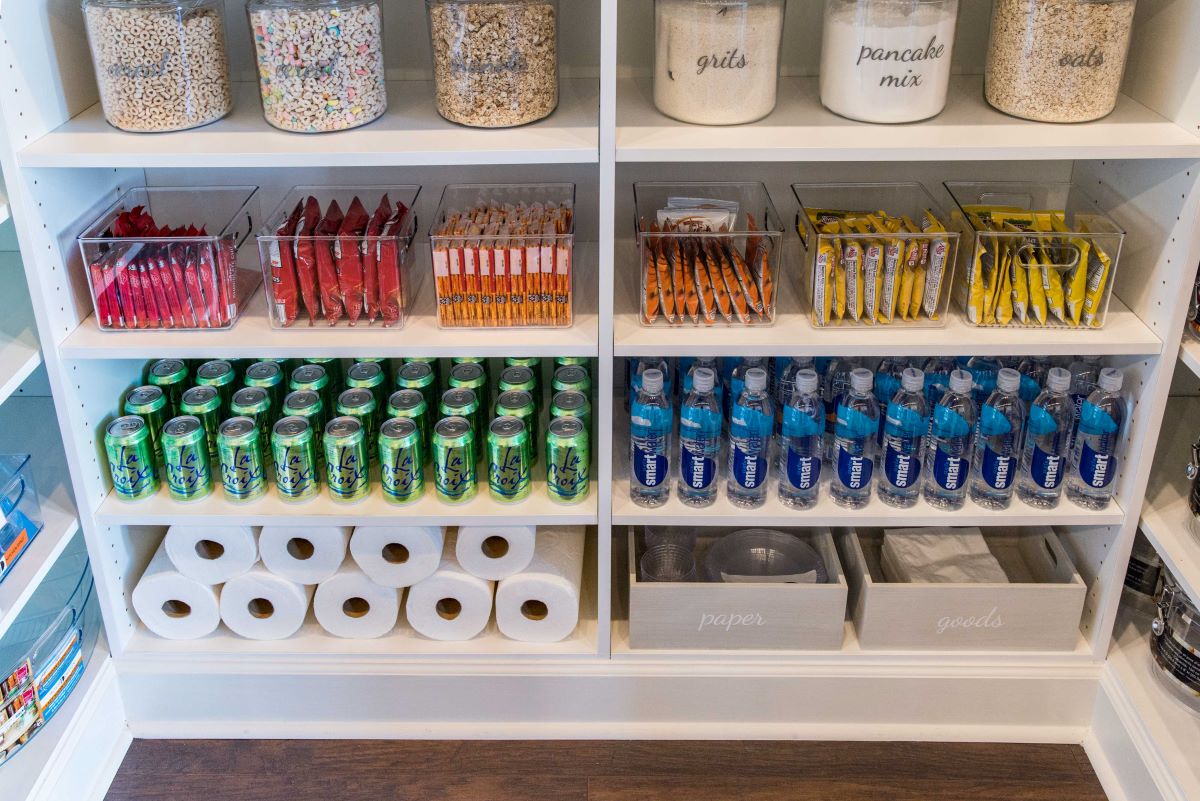
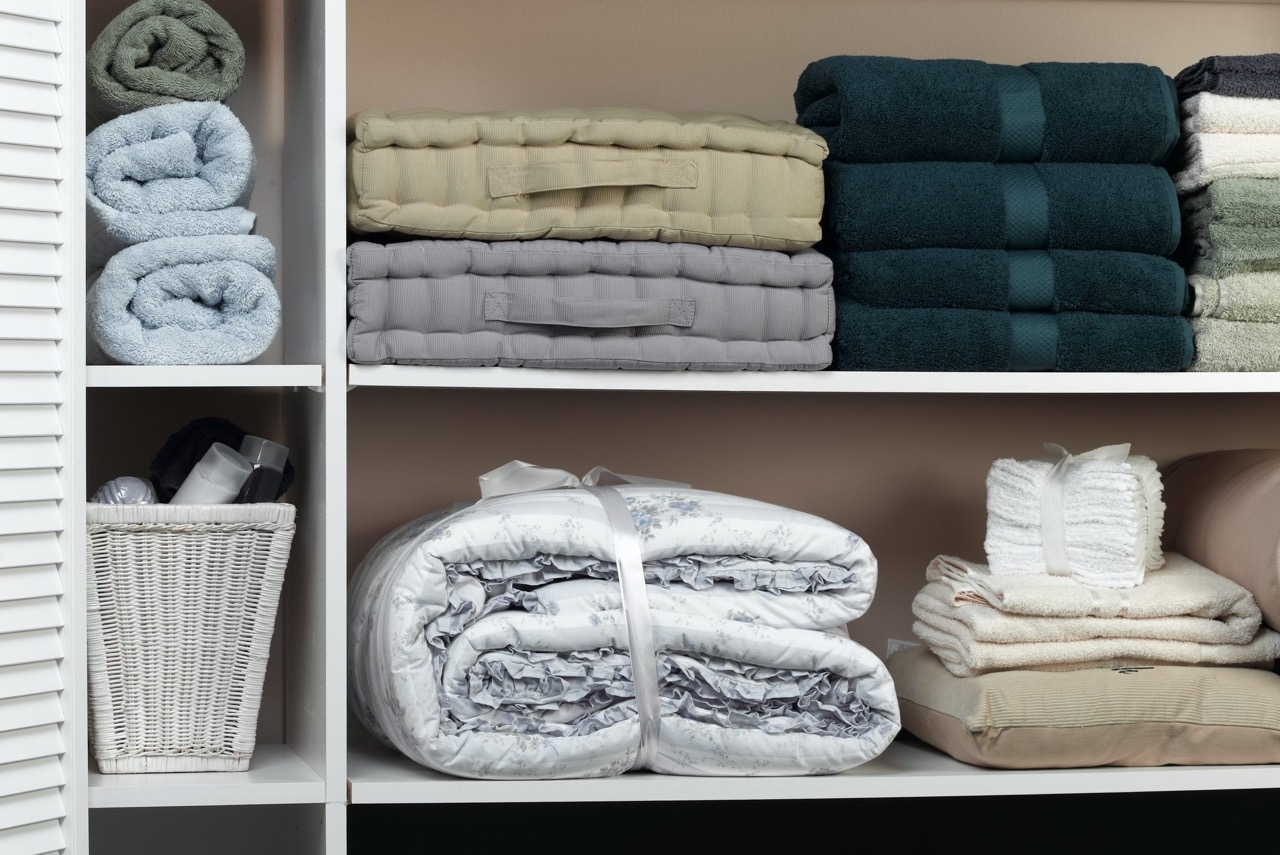
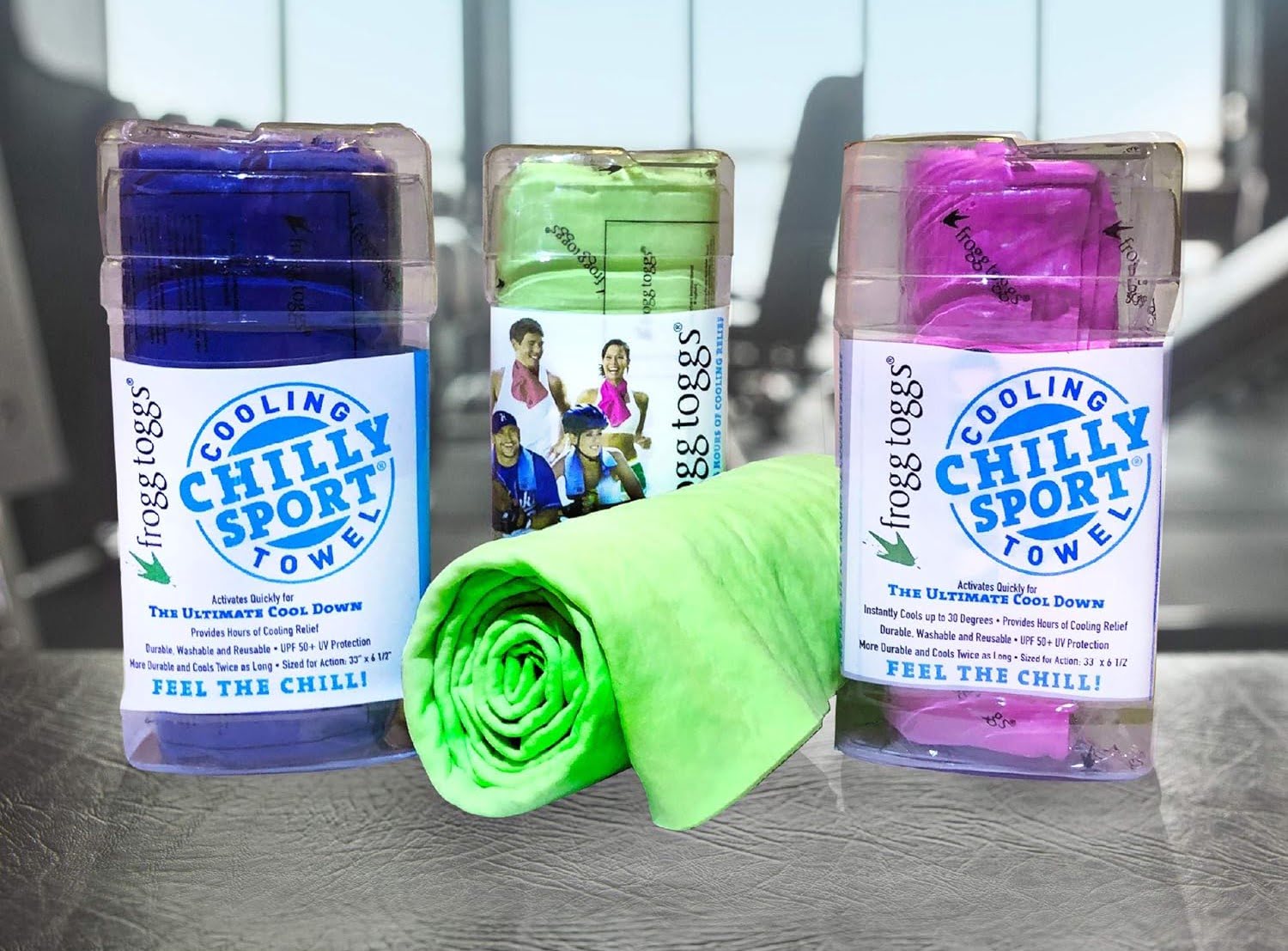
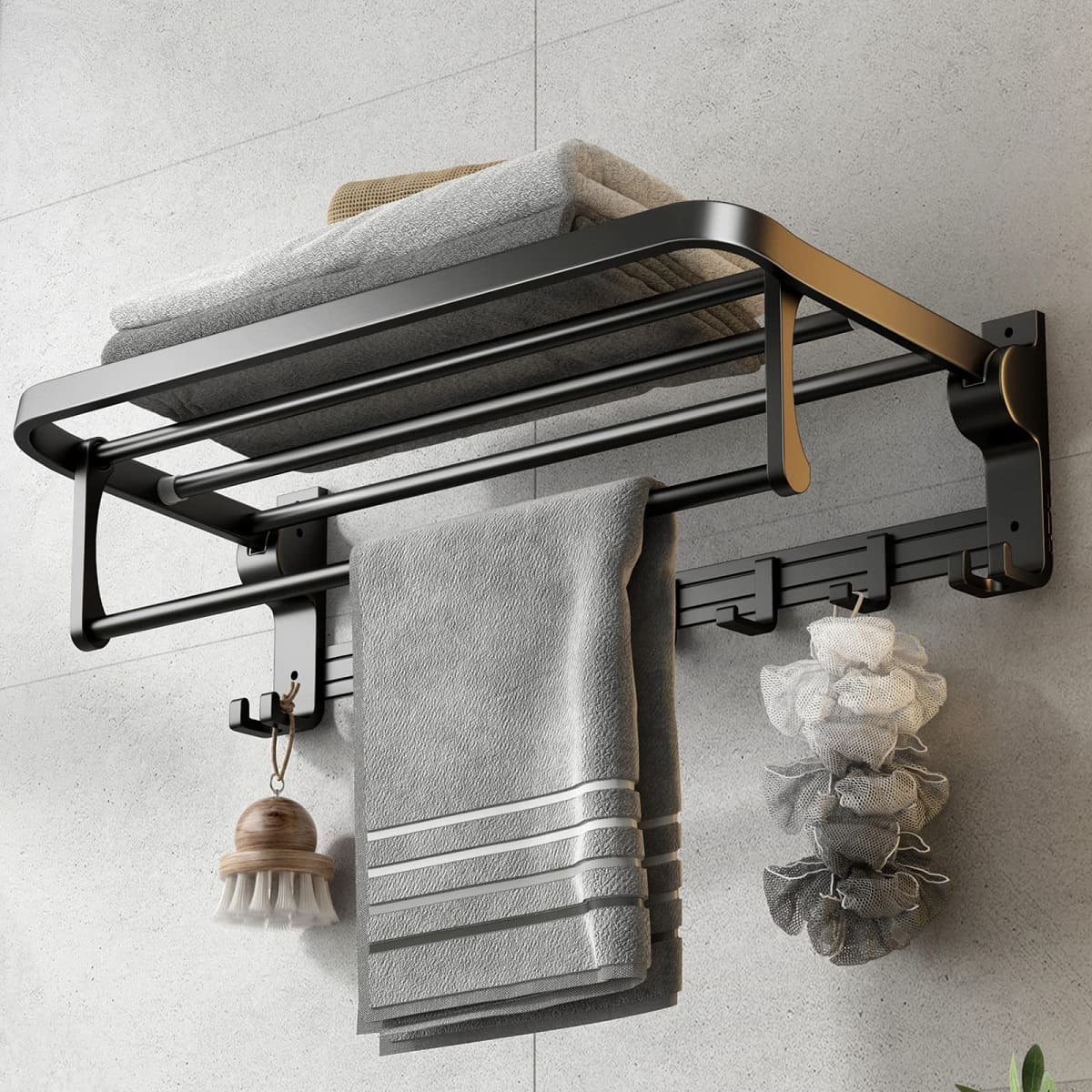
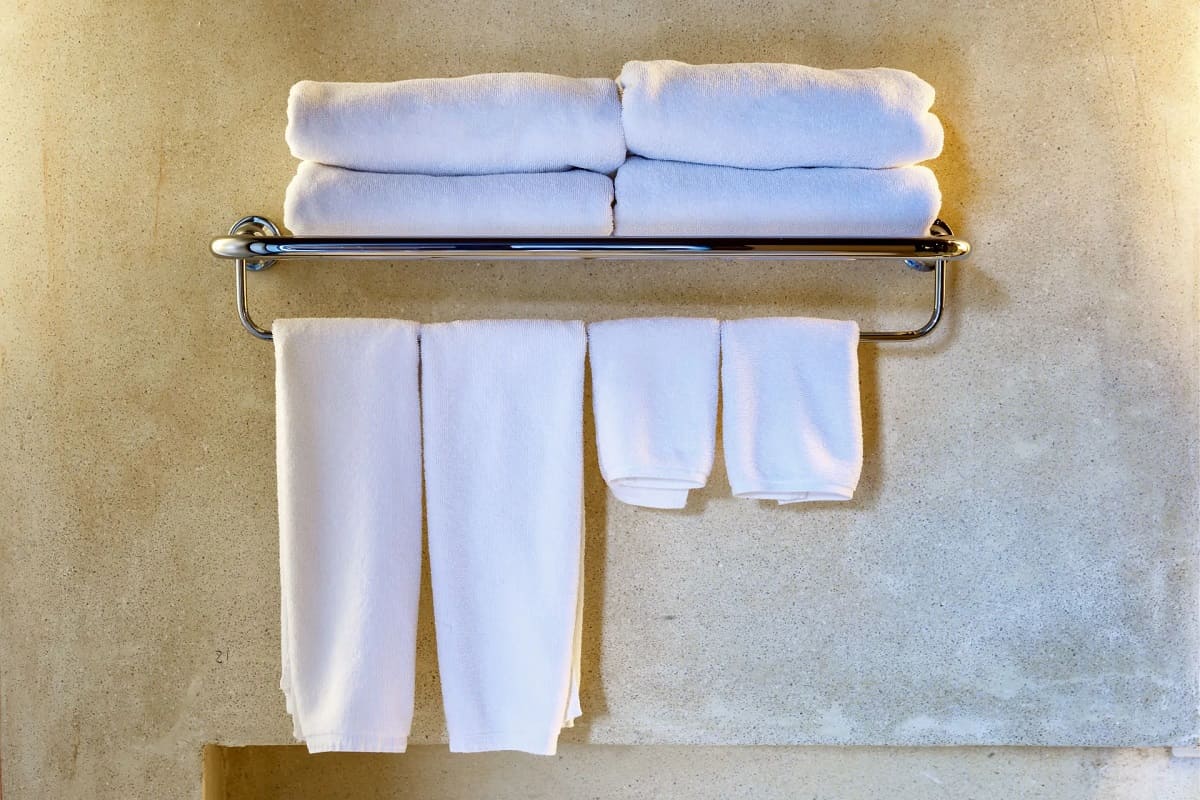
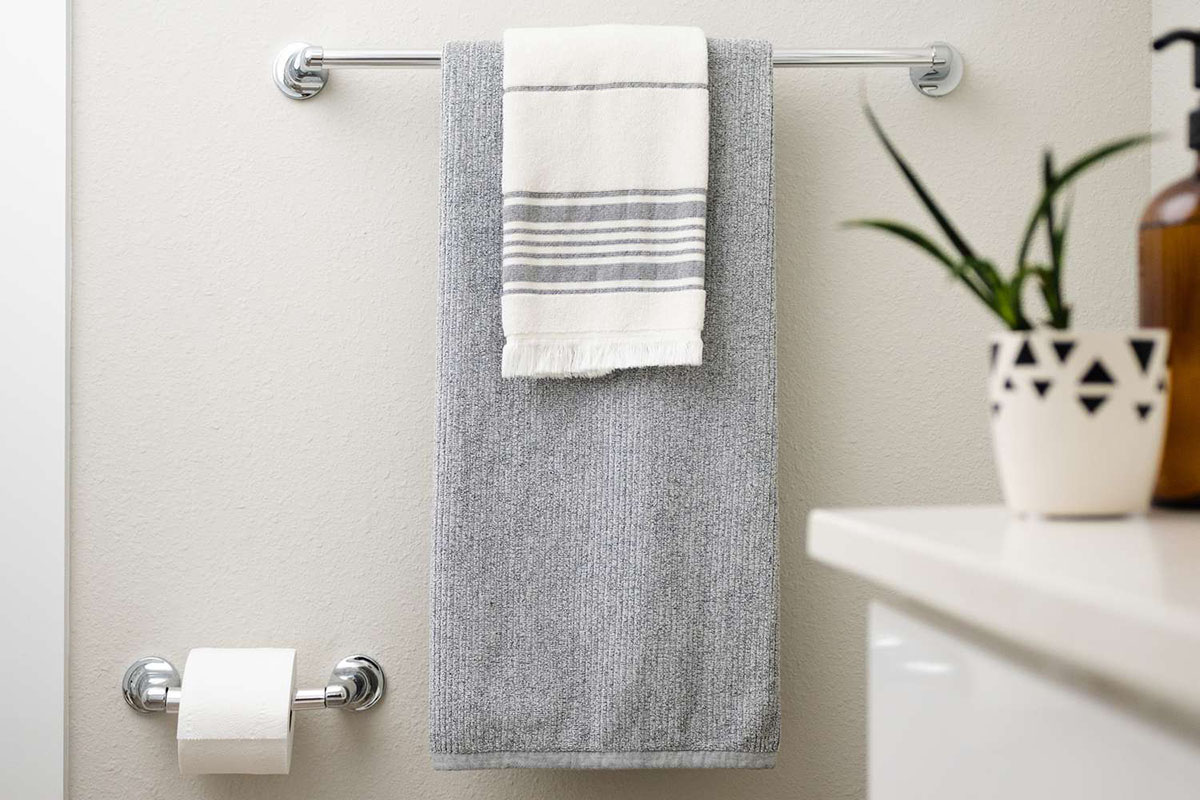
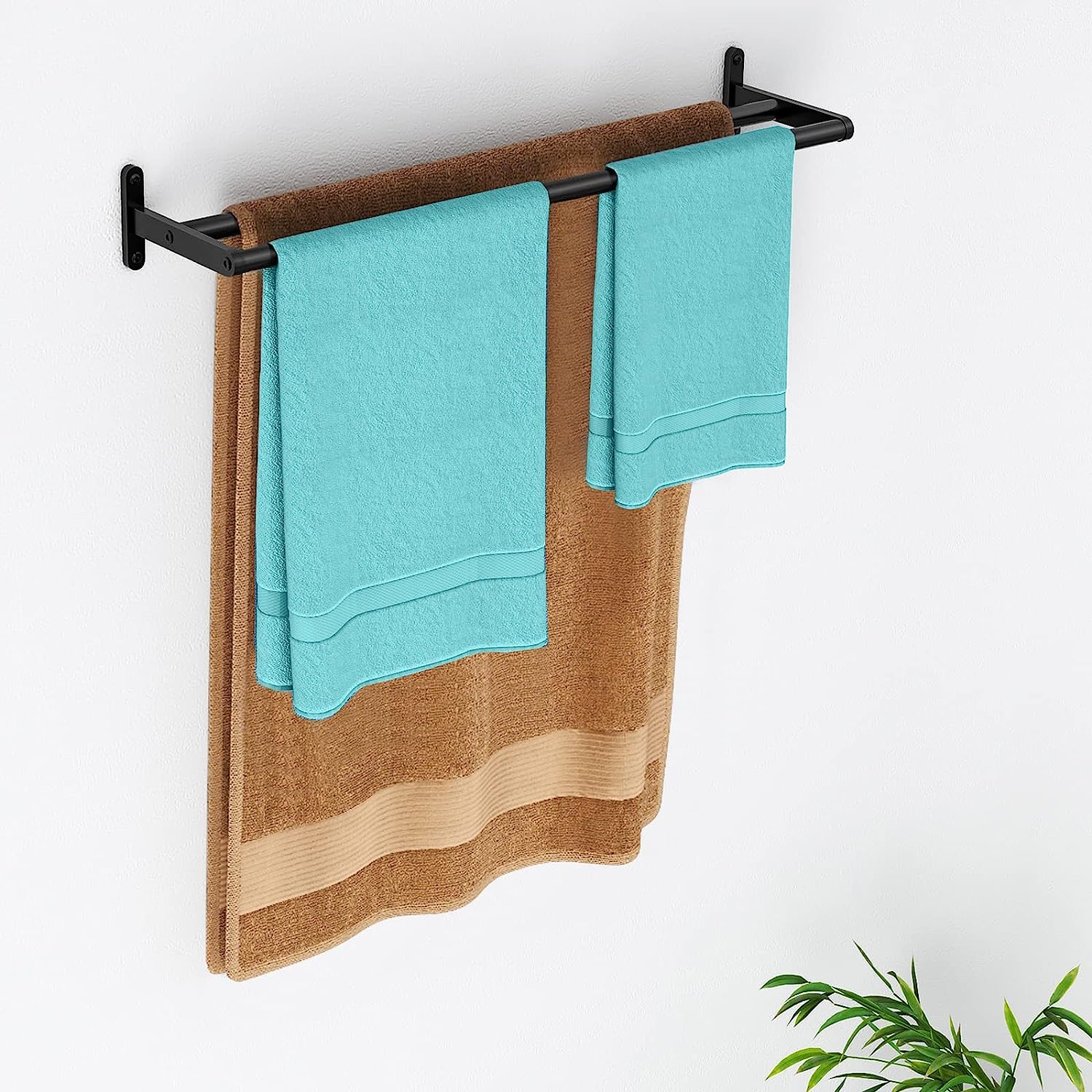
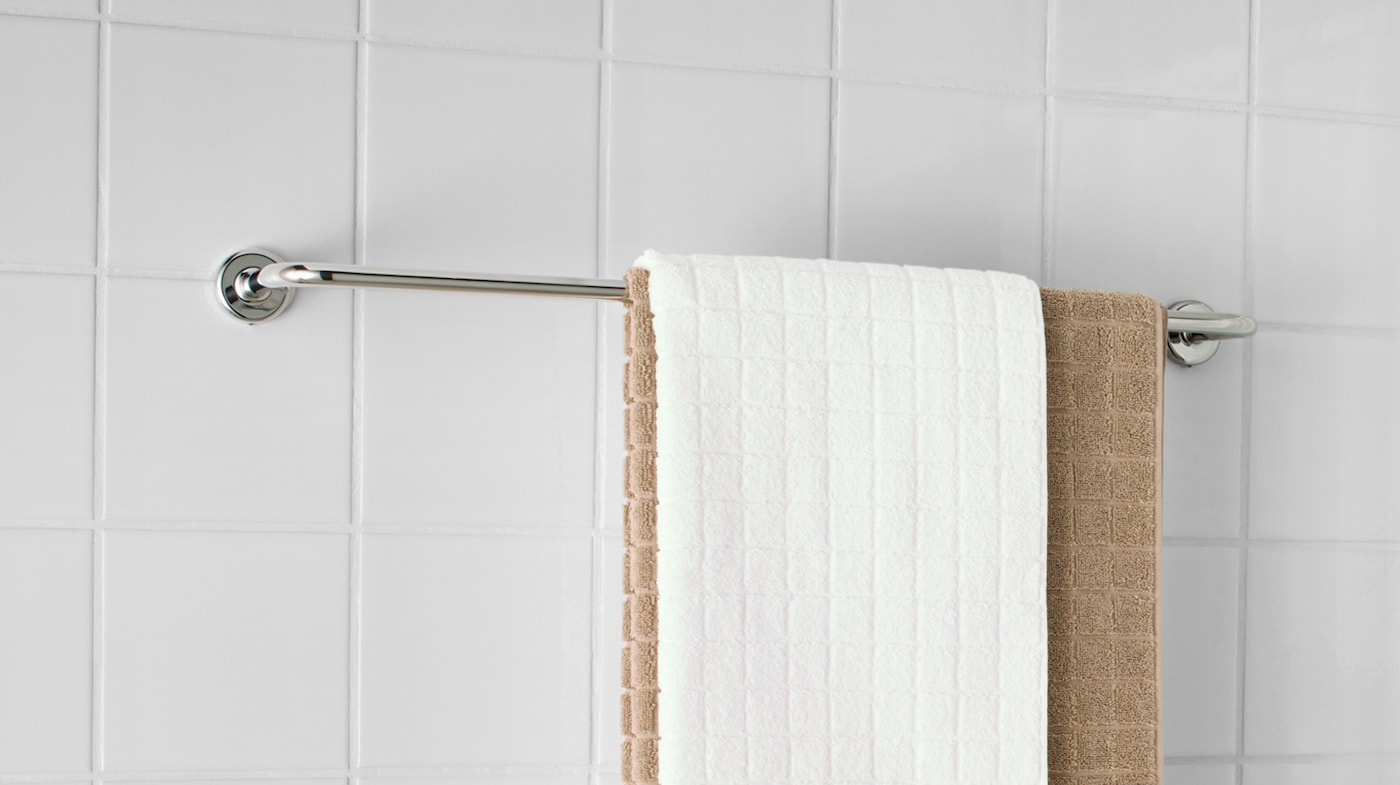
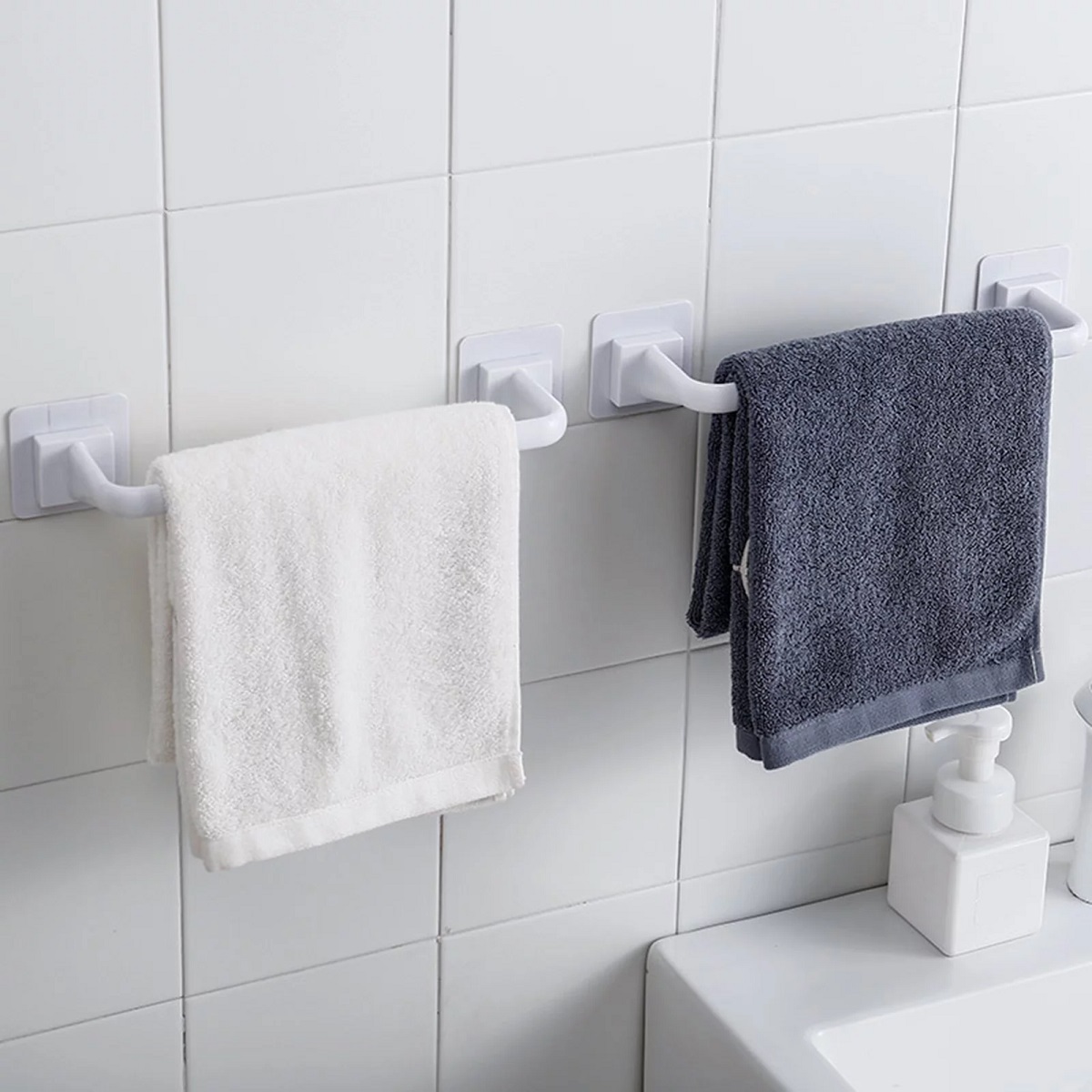
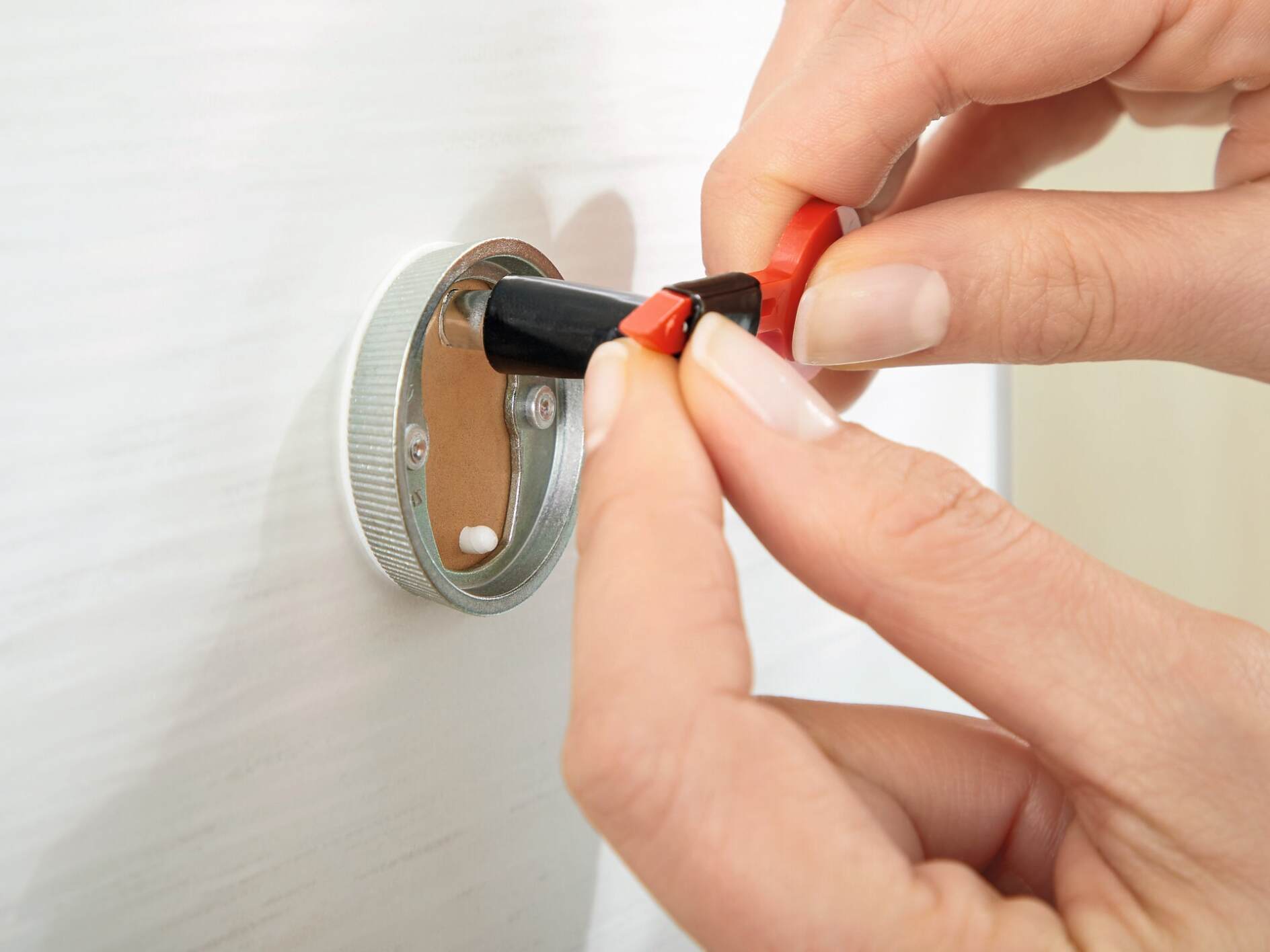

0 thoughts on “How To Store Cooling Towels”